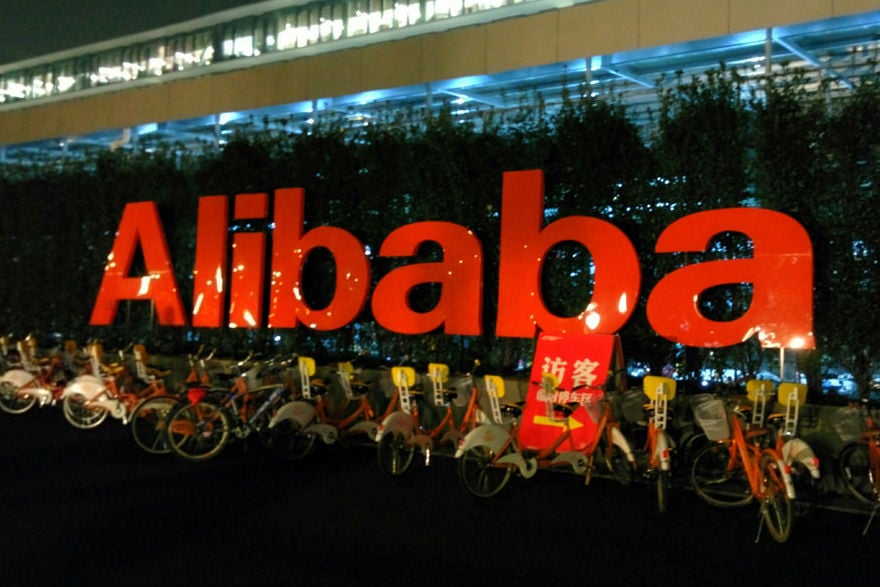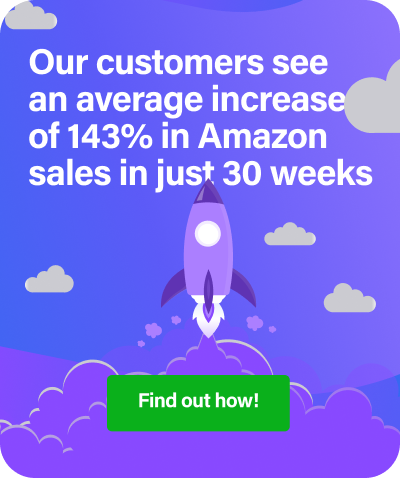Alibaba is the Amazon of China, only a lot bigger. And with great choice can come great confusion — unless you have RepricerExpress helping you out. Here’s how you can approach your search to find suppliers that fit for you.
Honestly Assess What Kind of Seller You Are
There are generally three kinds of sellers on Amazon: those with rock-bottom prices, those with ‘elite’ prices, and those with prices in the middle. None of them is better than the rest; it’s just a matter of figuring out where in the spectrum you sit.
This is important because you’ll come across suppliers of all qualities on Alibaba. There’ll be ones offering products made with less-high-quality materials, which might match your needs if you sell at low prices. And there’ll be ones that offer supreme quality, which might match your needs if you favour quality over quantity. Again, none of them are necessarily better than the rest, but it’s good to know what your needs are before finding a supplier who can meet them.
Weigh the Pros and Cons of Overseas Sourcing
Alibaba in general features many products are low prices, simply because the cost of manufacturing is lower there than in places like the EU or the United States. That’s definitely a pro. Other pros include:
- You’ll come across a huge variety of products and suppliers to choose from. China’s got the largest population, so it follows that Alibaba will have a great selection.
- Because of the numbers, you’ll also find it easy to access suppliers who will manufacture your product, if they don’t stock it themselves.
- Connecting with a supplier to start things off is easy, as most of them will say yes to whoever has the money.
Sounds good, right? Not so fast. Weigh that against some of the cons:
- Depending on where you live, you could be dealing with shipping prices and times that are higher/longer than you’re used to.
- You might also run into obstacles based on linguistic barriers. Google Translate’s AI is pretty good, but it’s no guarantee for seamless transactions.
- There’s also the stigma that a product stamped with ‘Made in China’ is lower in quality than if it’s made somewhere else. You’ll have to amp up your product descriptions to counter this.
Know How to Use Alibaba’s Filters
As we mentioned in the beginning, the volume of suppliers on Alibaba translates to big differences in quality. You can search for suppliers (and products) that fit your needs by using Alibaba’s search filters, like Trade Assurance, Gold Supplier, Onsite Check, Assessed Supplier and more. If you want the most up-to-date information on which filters are best for you, join social media forums to see what sellers’ experiences have been.
A neat tip: if you find only a few sellers in one region, you can bet your bottom dollar it’s most likely a trading company. This means that things will probably cost more for you, but it also means that quality is much likelier to be higher because these few companies are the supply mouths for more companies.
How to Eliminate Sellers
During your search, you’ll be eliminating sellers who don’t meet your criteria. But don’t forget to look at the products, too. Suppliers with excellent product photos will likely be able to send you hi-res photos you can including for your packaging label (a nice little bird to have in hand). Great photos also make it easy for you to inspect the product’s details.
Another thing to look for when it comes to products are certifications. There are three important ones: RoHS, CE, and FCC. RoHS means the product doesn’t contain certain hazardous material as specified by many European and North/South American countries. CE is a European certification, and FCC is an American one.
Don’t forget to also take the FOB (free on board) price into consideration, which means how much it usually costs to make one product. It’s not the most accurate figure because so many other factors affect it during the negotiation process, but it’s a good framework in which to mentally start pricing how much your order could cost.
Lastly, take a good hard look at the supplier’s payment terms. This will tell you what kind of forms of payment they’ll accept, and is a big clue into the quality of seller they are. If they offer PayPal, escrow and/or 100% backwards TT, then you’ve probably got yourself a good quality supplier in front of you.
Oh, we’ve also gotta mention the product information page. Generally, the more information available, the better. At first glance, it means the supplier cares enough to make the search easy for you. Here, effort usually corresponds with quality. Going a little deeper, it means more things: it makes your job easier on Amazon because you don’t have to dig around hard when writing up your product descriptions, and it can also mean the supplier can be transparent in other points in your relationship, too.
Make a List and Check it Twice
Now that you’ve narrowed things down to a long list of suppliers, it’s time to compare notes. Maybe you want to go with a gut feeling on this, or maybe you want to stick with more objective criteria. Whatever works for you will be an individual checklist. And if you’re stuck between suppliers, it’s perfectly okay to go with a couple of them on sample orders if you want to narrow things down. Or you could always diversify and spread your order across more than one supplier.
Once you’ve got your supplier(s) established, the fun begins on Amazon when deciding how much to sell your products for. And when you reach that point, there’s no better tool in the box than RepricerExpress. We’ve got an impressive array of features and rules in place so you can combine the best of algorithmic knowledge with your experience as a seller. But you can only elevate your success if you use it. By signing up now, you start off with a 15-day free trial.
Related: How to Source Amazon Products From China
[fusion_builder_container hundred_percent=”yes” overflow=”visible”][fusion_builder_row][fusion_builder_column type=”1_1″ background_position=”left top” background_color=”” border_size=”” border_color=”” border_style=”solid” spacing=”yes” background_image=”” background_repeat=”no-repeat” padding=”” margin_top=”0px” margin_bottom=”0px” class=”” id=”” animation_type=”” animation_speed=”0.3″ animation_direction=”left” hide_on_mobile=”no” center_content=”no” min_height=”none”][xyz-ihs snippet=”Join-Newsletter-Blog-Footer”][/fusion_builder_column][/fusion_builder_row][/fusion_builder_container]


